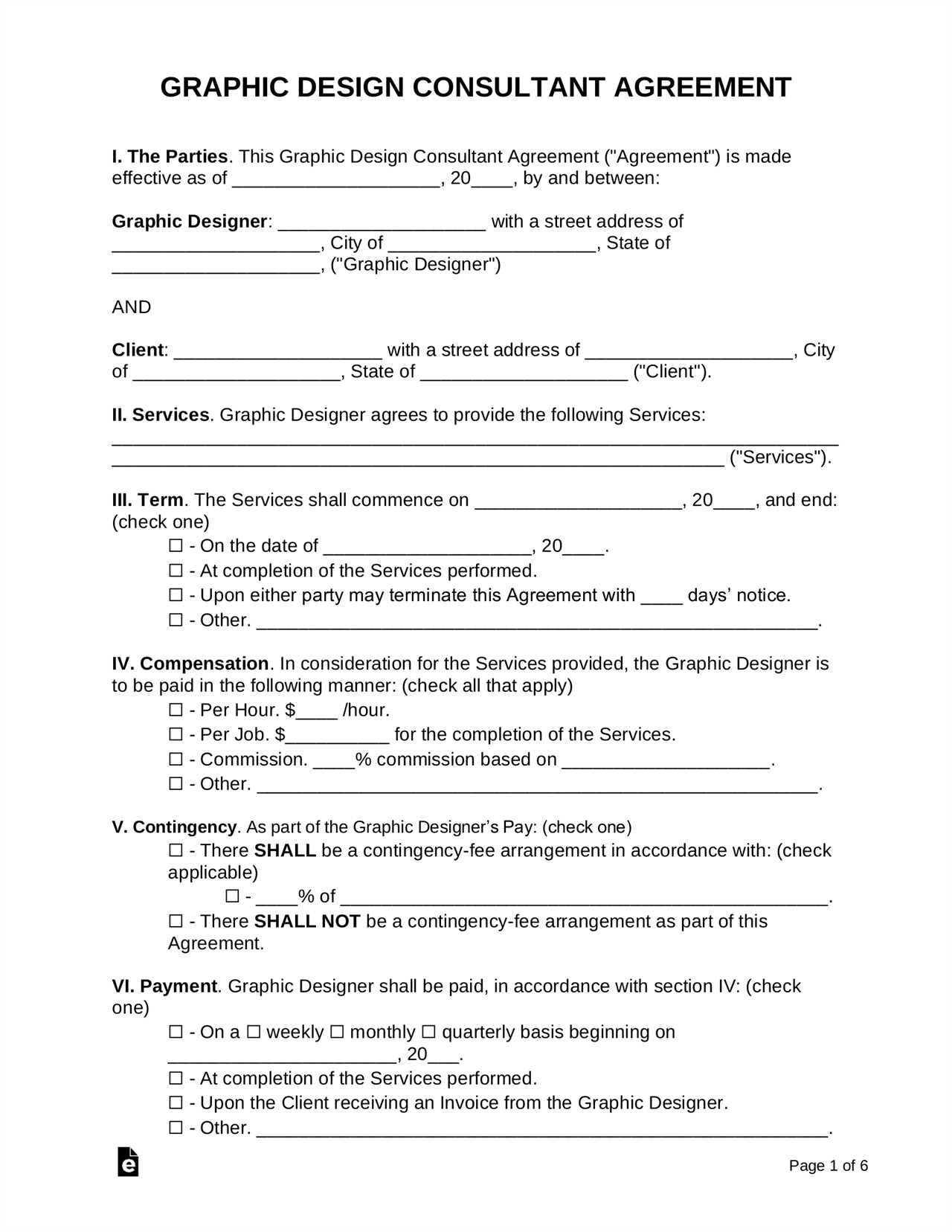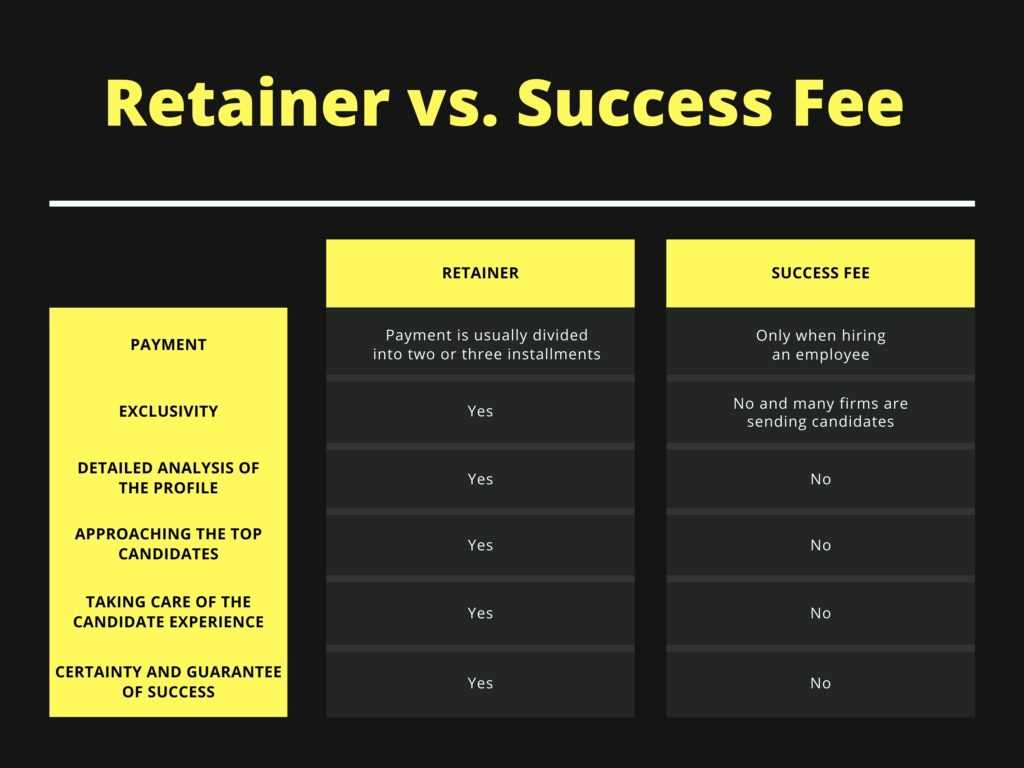Retainer Fee: Meaning
A retainer fee is a payment made in advance to secure the services of a professional or service provider. It is a common practice in various industries, including law, consulting, and marketing. The retainer fee serves as a guarantee of availability and commitment from the service provider to the client.
When a client pays a retainer fee, it establishes a working relationship between the two parties. The service provider sets aside time and resources to meet the client’s needs and ensures that they will be available when required. In return, the client receives priority access to the service provider’s expertise and assistance.
Retainer fees can be structured in different ways. Some service providers charge a fixed monthly or annual retainer fee, while others may charge based on the number of hours or projects. The specific terms and conditions of the retainer fee are usually outlined in a contract or agreement between the client and the service provider.
Overall, a retainer fee provides both parties with a sense of security and commitment. It allows the service provider to allocate resources and plan their workload effectively, while the client benefits from dedicated support and priority access to the service provider’s expertise.
Definition and Explanation
A retainer fee is a predetermined amount of money paid upfront to secure the services of a professional or service provider. It is a form of payment made in advance to ensure the availability and commitment of the service provider to the client.
The retainer fee serves as a guarantee for the service provider that they will be compensated for their time and expertise, regardless of the actual services rendered. It is a common practice in various industries, including legal, consulting, marketing, and creative services.
The retainer fee is typically based on an agreed-upon hourly rate or a fixed monthly amount. It can vary depending on the nature of the services, the expertise of the service provider, and the duration of the engagement. The fee may be paid upfront in full or in installments, depending on the terms agreed upon by both parties.
It is important to note that a retainer fee is different from a project fee or an hourly rate. While a project fee is a one-time payment for a specific project, and an hourly rate is charged for the actual time spent on a task, a retainer fee is paid to secure the availability and commitment of the service provider.
Uses of Retainer Fee

A retainer fee is a common practice in various industries and is used for a variety of purposes. Here are some of the main uses of a retainer fee:
1. Securing Services
One of the primary uses of a retainer fee is to secure the services of a professional or service provider. By paying a retainer fee, clients can ensure that the service provider will be available to work on their projects or provide ongoing support when needed. This is especially common in fields such as law, consulting, and marketing.
2. Priority Access
Another benefit of a retainer fee is that it often grants clients priority access to the service provider. This means that clients who have paid a retainer fee will receive preferential treatment and faster response times compared to non-retainer clients. This can be particularly advantageous in situations where time is of the essence or when urgent assistance is required.
3. Regular Services

In some cases, a retainer fee is used to secure regular services on an ongoing basis. For example, a company may pay a retainer fee to a marketing agency to ensure that they receive a certain number of hours of marketing support each month. This arrangement allows the client to have a dedicated team working on their projects consistently, without the need for constant negotiation or contract renewals.
4. Flexibility and Convenience
A retainer fee can also provide flexibility and convenience for both the client and the service provider. By paying a retainer fee, clients can have peace of mind knowing that they have access to professional services whenever they need them, without having to go through the process of finding and hiring a new service provider each time. On the other hand, service providers benefit from a stable source of income and the ability to plan their workload in advance.
Benefits for Service Providers

Retainer fees offer several benefits for service providers, including:
| 1. Steady Income: | By charging a retainer fee, service providers can ensure a steady stream of income. This is especially beneficial for freelancers or small businesses that rely on a consistent cash flow to cover their expenses and maintain operations. |
| 2. Client Commitment: | When clients pay a retainer fee, they are demonstrating a commitment to the service provider. This commitment can lead to a stronger working relationship, as both parties have a vested interest in the success of the project or ongoing services. |
| 3. Priority Access: | Service providers who receive a retainer fee often prioritize these clients over others. This means that clients who have paid a retainer fee may receive faster response times, preferential treatment, and access to additional resources or expertise. |
| 4. Reduced Administrative Burden: | By establishing a retainer fee arrangement, service providers can reduce the administrative burden of constantly negotiating and invoicing for each individual project or service. This allows them to focus more time and energy on delivering high-quality work to their clients. |
| 5. Financial Stability: | Retainer fees provide a level of financial stability for service providers. Knowing that they have a guaranteed income from retainer clients can help service providers plan for the future, invest in their business, and weather any potential downturns in the market. |
Overall, retainer fees offer service providers a range of benefits that can contribute to their success and sustainability in the competitive business landscape.
How Retainer Fee Works
A retainer fee is a payment made by a client to a service provider in order to secure their services for a specified period of time. This fee is typically paid upfront and is used to cover the service provider’s costs and ensure their availability for the client’s needs.
When a client pays a retainer fee, it establishes a professional relationship between the client and the service provider. The service provider is then obligated to prioritize the client’s needs and provide the agreed-upon services within the specified time frame.
The retainer fee can be structured in different ways, depending on the nature of the services being provided. It can be a fixed amount paid on a monthly, quarterly, or annual basis, or it can be a percentage of the total project cost. The terms of the retainer fee are typically outlined in a contract or agreement between the client and the service provider.
Benefits for Service Providers
Secondly, a retainer fee allows service providers to establish long-term relationships with their clients. By securing a retainer fee, service providers can demonstrate their commitment to their clients and build trust and loyalty. This can lead to repeat business and referrals, ultimately contributing to the growth and success of the service provider’s business.
Lastly, a retainer fee provides service providers with a sense of stability and security. By having clients on retainer, service providers can rely on a consistent workload and reduce the risk of gaps in their schedule. This allows them to focus on delivering high-quality services and maintaining a strong reputation in their industry.
Payment Structure and Terms
The terms of the retainer fee agreement should outline the specific services that will be provided by the service provider, as well as any additional fees or expenses that may be incurred. It is important for the client to understand what they are paying for and what they can expect in return.
Additionally, the terms should specify the duration of the retainer fee agreement. This could be a fixed period of time, such as six months or one year, or it could be an ongoing agreement that continues until either party decides to terminate it.
It is also common for the retainer fee agreement to include provisions for termination. This could include a notice period that either party must provide in order to terminate the agreement, as well as any penalties or fees that may be incurred for early termination.
Overall, the payment structure and terms of a retainer fee agreement should be fair and transparent for both the service provider and the client. It is important for both parties to carefully review and understand the terms before entering into the agreement to ensure a mutually beneficial relationship.

Emily Bibb simplifies finance through bestselling books and articles, bridging complex concepts for everyday understanding. Engaging audiences via social media, she shares insights for financial success. Active in seminars and philanthropy, Bibb aims to create a more financially informed society, driven by her passion for empowering others.
